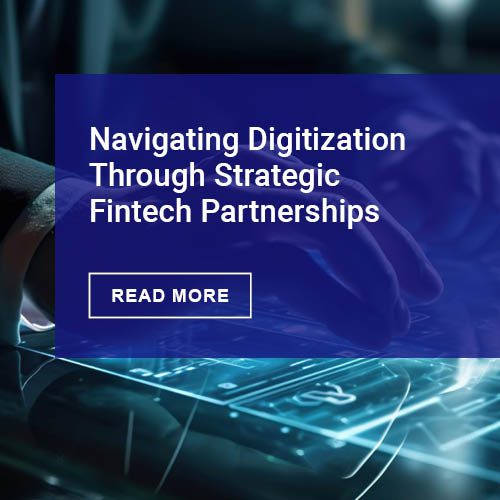At my family’s Mother’s Day celebration, I was surprised to discover that the “hot” gift of the day was a smart wristband that connects to the wearer’s smartphone, tablet, or laptop, which was used to count how many paces were necessary to work off our high-calorie luncheon.
This led me to ponder the potential for mobile banking from the wrist. A March 26 article in American Banker suggests that with the recent introduction of Google’s Android Wear operating system for smart watches, large financial institutions such as U.S. Bank, Wells Fargo, and ING Direct Canada are beginning to develop banking apps to enable consumers to check their bank balances, receive alerts, and transfer funds just by tapping the face of wristwatch. Westpac New Zealand was one of the first to introduce a banking app for checking balances on a Sony Smartwatch. Other forms of wearable technology include eyewear (Google Glass), wristbands, large-faced watches, and clip-on devices. It is widely anticipated that later this year Apple will launch its “iWatch,” which is likely to be a trendy design that will serve as game changer and boost adoption of “wearable” technology.
Mobile and tablet banking is growing rapidly according to the results of Mercator Advisory Group’s latest Insight Report, Mobile and Tablet Banking: Key to Customer Retention. The report presents results of a CustomerMonitor Survey Series Banking and Channels survey conducted in November 2013 with an online panel of 3,003 U.S. adults who had at least one banking relationship.
Our survey finds that nearly half (45%) of U.S. adults use their mobile phone or tablet to communicate with their financial institution or conduct banking activities, up from 31% who did so in 2012. And nearly one-third (31%) have used mobile devices for banking transactions to transfer funds to another person’s account, deposit checks, or pay bills, an increase from just 14% who transacted via mobile in our 2012 survey.
While visiting the branch to speak with tellers is still consumers’ most preferred channel for making bank transactions, in this year’s survey for the first time more mobile banking app users indicated they prefer to use their mobile banking app than to go to a teller at the branch to make banking transactions.
With growth in mobile banking, wearable banking to make payments “hands free” by tapping a wristwatch or by a verbal command could be a reality in the not too distant future.
For more information on the growth of mobile and tablet banking, see Mobile and Tablet Banking: Key to Customer Retention, available to members of the CustomerMonitor Survey Series at the Mercator Advisory Group.











